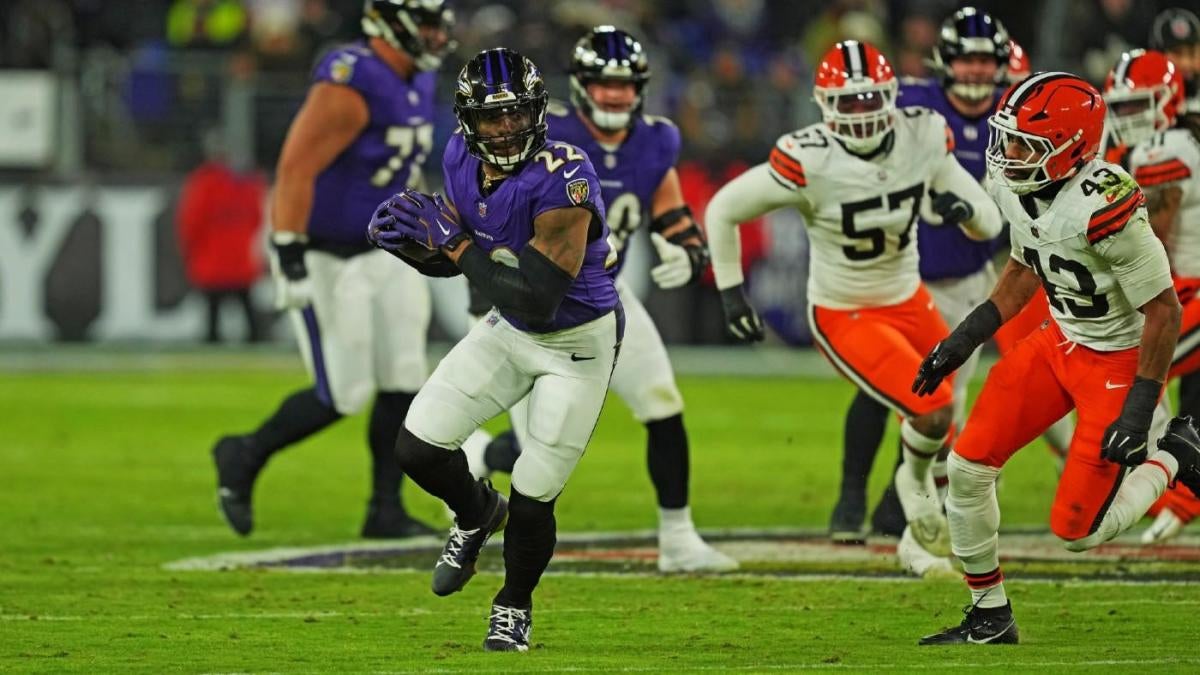World
Jimmy Carter Was a Citizen of the World

This essay originally appeared in the May 2002 issue of Town and Country.
In those first few days following the collapse of the Twin Towers, I spent most of my time with the television remote in hand, clicking from station to station. I knew I was watching history and heroes in the making, but I wasn’t really interested in news. I was looking for comfort. I wanted reassurance from a senior statesman who understood the complexities of international terrorism and went easy on the war rhetoric. As a New Yorker, I needed to hear that, yes, it is possible to rise out of the ashes. So I channel surfed, hoping to come across Jimmy Carter.
James Earl Carter, Jr., was fifty-six years old when he lost his bid for reelection in 1980; fifty-six years old when he was forced to walk away from the White House and what is generally perceived to be the crowning glory of any politician’s career. Since then, however, refusing to be confined to the role of “former president,” Carter has achieved some of his greatest successes. Having raised four children of his own, Jimmy Carter, who says he would like to be remembered as a good grandfather, turned his energies to the family of man.
Working in tandem with his wife and constant companion, Rosalynn (referred to during his administration as the “second president”), he founded the Carter Center in 1982. Through this foundation, he organizes humanitarian projects (such as monitoring free elections and helping to encourage tolerance between warring factions) and initiates health programs (such as eradicating guinea worm disease in Africa). He inspires volunteerism by building homes with his own hands (not to mention his own tools) as part of Habitat for Humanity and is the author of sixteen books, going far beyond the standard ghostwritten presidential memoir. A Nobel Peace Prize nominee, Carter post-presidency has assumed a stature he never achieved during his White House years. But the reason he became a significant figure to many Americans in his later years and not during his presidency is no mystery to me: most people just didn’t get Jimmy Carter.
Like the famous ’80s Rolling Stone “perception versus reality” ad campaign, which pointed out that the magazine’s original rock-and-roll readership had evolved past the tie-dye into coat-and-tie, Carter was never the man the press made him out to be. Perhaps he media just needed a little more time to figure him out. Because since then, his perceived faults have been reborn as virtues. Where he was stubborn, he has become principled; aloof, self-confident; weak, selfless. “They write about me like I’m a different person now,” Carter has said. “As a matter of fact, I haven’t changed.”
Can this delayed reaction to Carter (“Jimmy Carter is a saint,” wrote Hendrik Hertzberg, his former speechwriter and now a senior editor at The New Yorker) really be as simple as a media-perpetuated misunderstanding? Well, yes. When introducing Carter (then the little-known governor of Georgia) to the country during his 1976 presidential campaign, editorial cartoons zeroed in on his aw-shucks grin, while reporters poked fun at the peculiarities of his unconventional family (remember brother Billy’s shenanigans and the formidable Miss Lillian?), turning them into caricatures of Southern eccentricity. (Look back, Carter says, and you’ll see his family “depicted with straw sticking out of our ears, our eyes crossed, saying, ‘sho ’nuff.’ ”) Although there were plenty of peanut-farmer jokes, the press made a critical mistake by underestimating the power and importance of Carter’s rural heritage. In Georgia, where the land has Tara-like significance, the Carter farm has been in the family since 1833 (“Why, land is the only thing worth fighting for … because it’s the only thing that lasts,” Gerald O’Hara told daughter Scarlett). He grew up working in the fields when it was till called agriculture, not agribusiness, when the land was still central to the American way of life.
Agrarian mythology, with its elementary images of birth and rebirth, is fundamental to Carter’s worldview: his philosophy of patience as a course of action (often mistaken for passivity) is the result of his kinship with the land. Nature is always working, and one season inevitably leads to another. All we have to do is wait.
Carter doesn’t obsess about controlling the storm; he focuses on the consequences. Though he was not able to bring the Iranian hostage situation to an end during his administration (the Ayatollah Khomeini waited until the day Regan was inaugurated to release the captive Americans), for instance, his resolve and ability to mediate may have been the reason Khomeini never followed through on his threat to put the hostages on trial. Nor were any of them injured or killed. Likewise, Carter’s ability to understand—and withstand—the ebb and flow of conflict during the difficult negotiations between Israel’s Prime Minister Menachem Begin and Egypt’s Anwar al-Sadat created the environment that made the historic 1978 Camp David accord between the two volatile sides possible.
There is no doubt that some of the problems Carter encountered (like double-digit inflation) were accidents of timing. And some, like the helicopter crash during the failed attempt to rescue the hostages, may have been a result of his administration’s inexperience. Admittedly, his legislative failures occurred because he lacked political polish and was unwilling to develop the back-scratching skills required to cultivate Congress. And so he never became a Beltway insider. But that was no excuse for the press to continually portray him as a backwoods rube. Carter wasn’t unsophisticated; he was unpretentious. In contrast to the imperialistic LBJ and Richard Nixon, Carter was and always has been a true populist who not only talked the talk—asking Americans to turn down their thermostats during the energy crisis—but also walked the walk. Literally. Who could ever forget the way he turned the presidential limo away, strolling hand-in-hand with his wife along the inaugural parade route?
Unlike his two predecessors, Carter was not nationally known before his surprising accent to the presidency. However, he didn’t appear on the scene overnight. Before he was Governor Carter or President Carter, he served his country in the navy (and not just as a springboard to politics; he aspired to become chief of naval operations). At the age of twenty-nine, a top-ten-percent graduate of the Naval Academy, Carter was on the verge of becoming the engineering officer on the USS Seawolf—one of the first submarines to operate on atomic power. But when his father died, Carter made a painful decision that brought him (and the reluctant Rosalynn) back to the family farm. Retiring from the navy, Carter worked to restore the farm, reimmersing himself in the town of his birth, the tiny community of Plains, Georgia.
Thus, he was a farmer and a landowner, Sunday school teacher and church deacon, who became a state senator, governor and president and who is now an ambassador of democracy, freedom and compassion; a citizen of the world.
In April 1998, the same year that Washington National Airport was renamed for Ronald Reagan, naval secretary John Dalton christened the last of the Seawolf-class submarines the USS Jimmy Carter. The vessel is like the man himself: he “runs silent,” Dalton said. “He also runs deep.” Call me old-fashioned, but I believe this is the essence of a real man. And let me tell you what real men do: real men make commitments.








:max_bytes(150000):strip_icc():focal(2999x0:3001x2)/madewell-capsule-wardrobe-tout-17e68723d1144e02b36607def1d19ed5.jpg)




